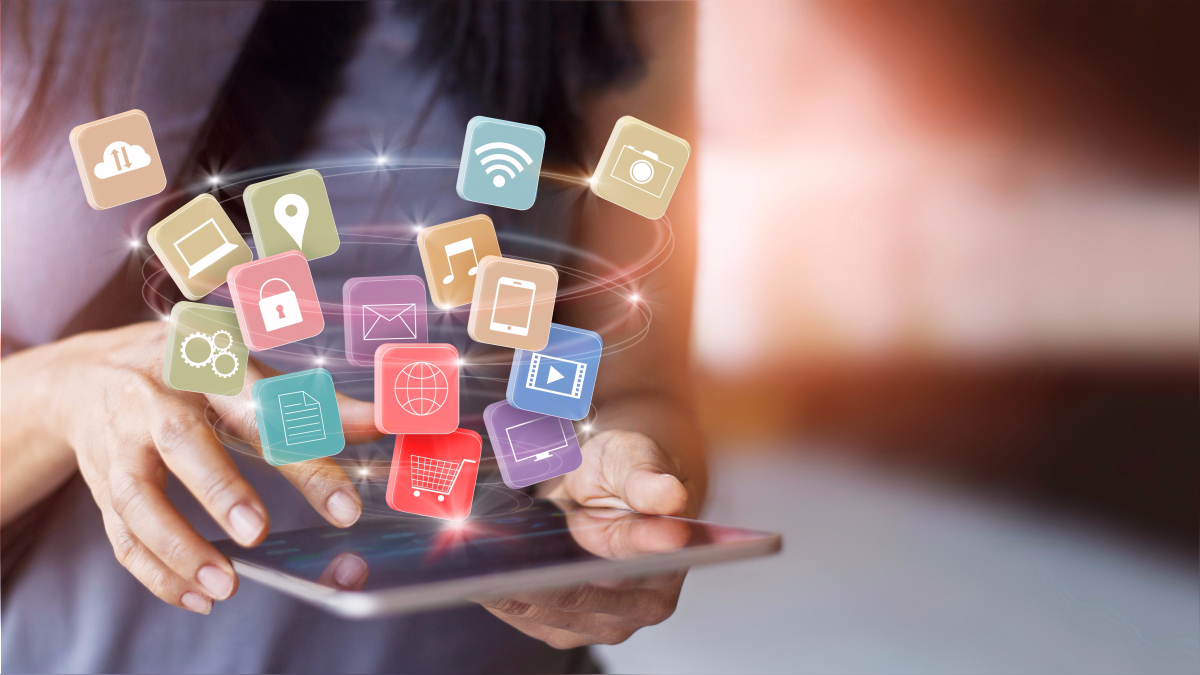In the battle for brand loyalty, outstanding customer support can provide a valuable advantage. Nowadays, it’s a constant scramble for businesses to keep up with the growing needs of empowered customers.
Plenty of advice is available regarding how to make your company’s customer support stand out. There are multiple ways of monitoring and rewarding the job your staff do. There are lists of best customer service companies and tips on how they got to where they are. There are even companies that offer Business to Business customer service consulting!
With so many choices and conflicting notions, it’s hard to know what direction to take your company in. It’s often difficult just understanding the terminology, before you have even really started! In the following article, we aim to clearly define the different approaches to customer support.
What’s the difference between omnichannel and multichannel customer support?
Both terms sound powerful and all-encompassing – they’ve definitely got a nice ring to them. So, let’s start with the basics.
What is a support channel?
This is a medium through which your customers can communicate with you. The most common support channels are telephone and email. In recent times, however, we’re seeing an increase in the popularity of social media, live chat, video and forums.
What is multichannel customer support?
Simple. Multichannel customer support is customer support provided across two or more of the above channels. This enables businesses to meet customers via their own preferred medium which will assist in driving brand loyalty.
What is omnichannel customer support?
An omnichannel support strategy also offers customers numerous ways to interact with a business. However, unlike the multichannel approach, this mode of working is a more holistic method. This means that the channels interact with one another to create a more seamless customer experience. We’ve all had experiences where we’ve been dealing with one person over the phone and they ask us to, for instance, send an email to follow up – at which point the email team come back and ask for all the background information that we’ve already given during the phone call. With omnichannel support, we can send that follow-up email, knowing that everything we’ve already discussed will already be available to whomever we talk to going forward.
Why is it important to provide more than one support channel?
Different support channels offer different approaches to customer communication. Some customers prefer to have a conversation with a real person, whilst others would rather have a digital record of all communications. In addition, there are times in which a phone-call is preferable to text or when self-service is more useful than live chat etc. If your business uses only one or two mediums, it’ll be much more difficult to provide great customer service across the board.
What are the downsides of a multichannel approach?
Although there are issues with a multichannel approach, it’s a better way of working than having a single channel. Multichannel support is still uncommon enough that it provides a great advantage over its single-point-of-contact counterpart.
The main issue with multichannel support is that support teams are isolated from one another. As mentioned earlier, if the phone support team isn’t in great communication with the email support team, customers may get a completely disjointed experience. This can be frustrating and stressful for your customers.
Why omnichannel?
With an omnichannel approach, a business creates an environment which has the potential to be massively rewarding to its customers. Customers can contact you in a way that makes them feel comfortable, and is more likely to fit in with their timelines. For instance, they might choose to make a quick call whilst on lunch break at work. Conversely, if they know they’re going to be travelling that day, they may opt to send an email in the morning, knowing they can deal with a response when they rest or stop.
But the main advantage of the omnichannel strategy is that your customers know they’ll have a consistent and positive support experience, regardless of when, how or where they reach out to you.
